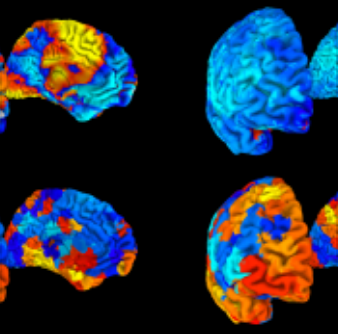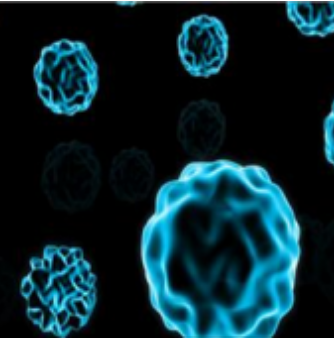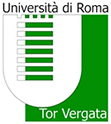ISIS@MACH (MAterials Characteisation Hub), is a new Research Infrastructure (RI) based in the in the Region Lazio –University of Rome Tor Vergata’s Campus, acting as the first Hub of the UK based ISIS pulsed neutron and muon source, supported by Region Lazio under the specific funding programme POR FESR 2014-2020 to strengthen Research Infrastructures.
 |
ISIS@MACH ITALIA | ISIS Facility |  |


